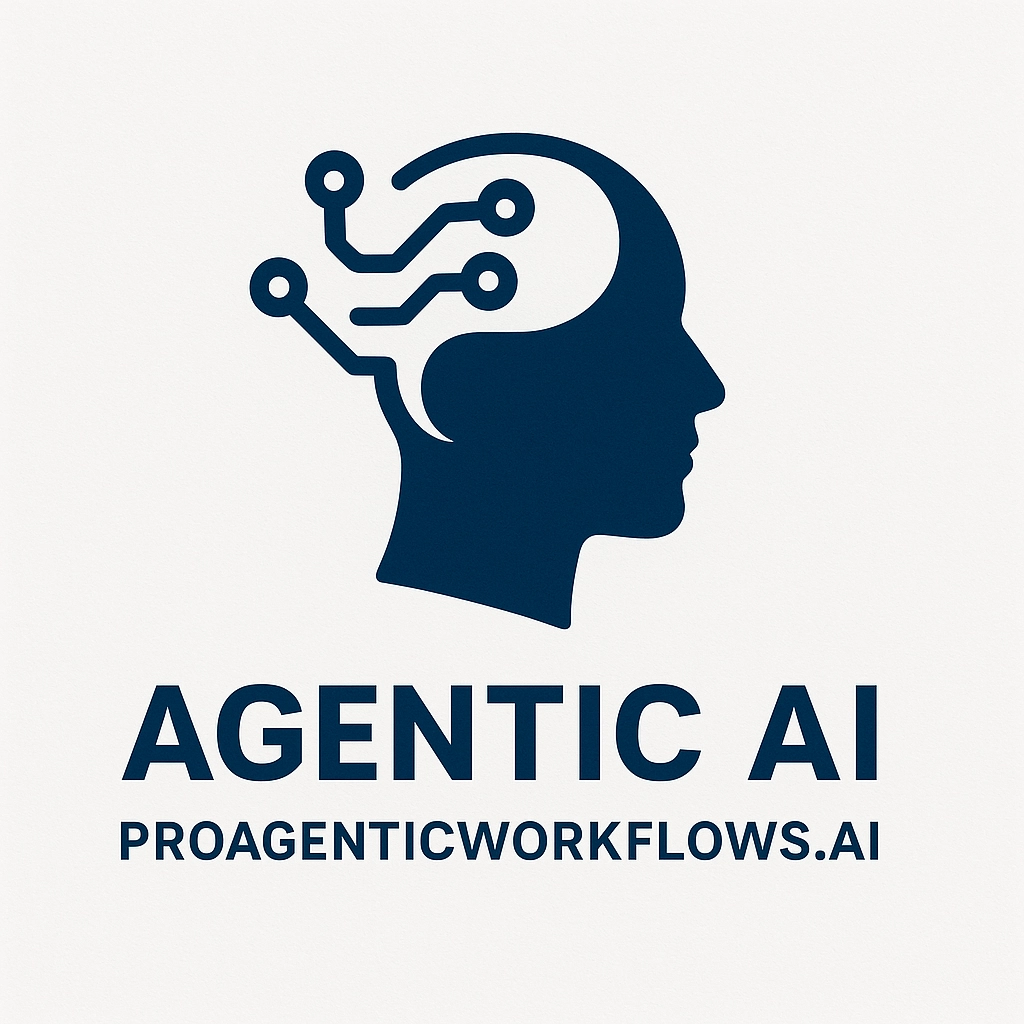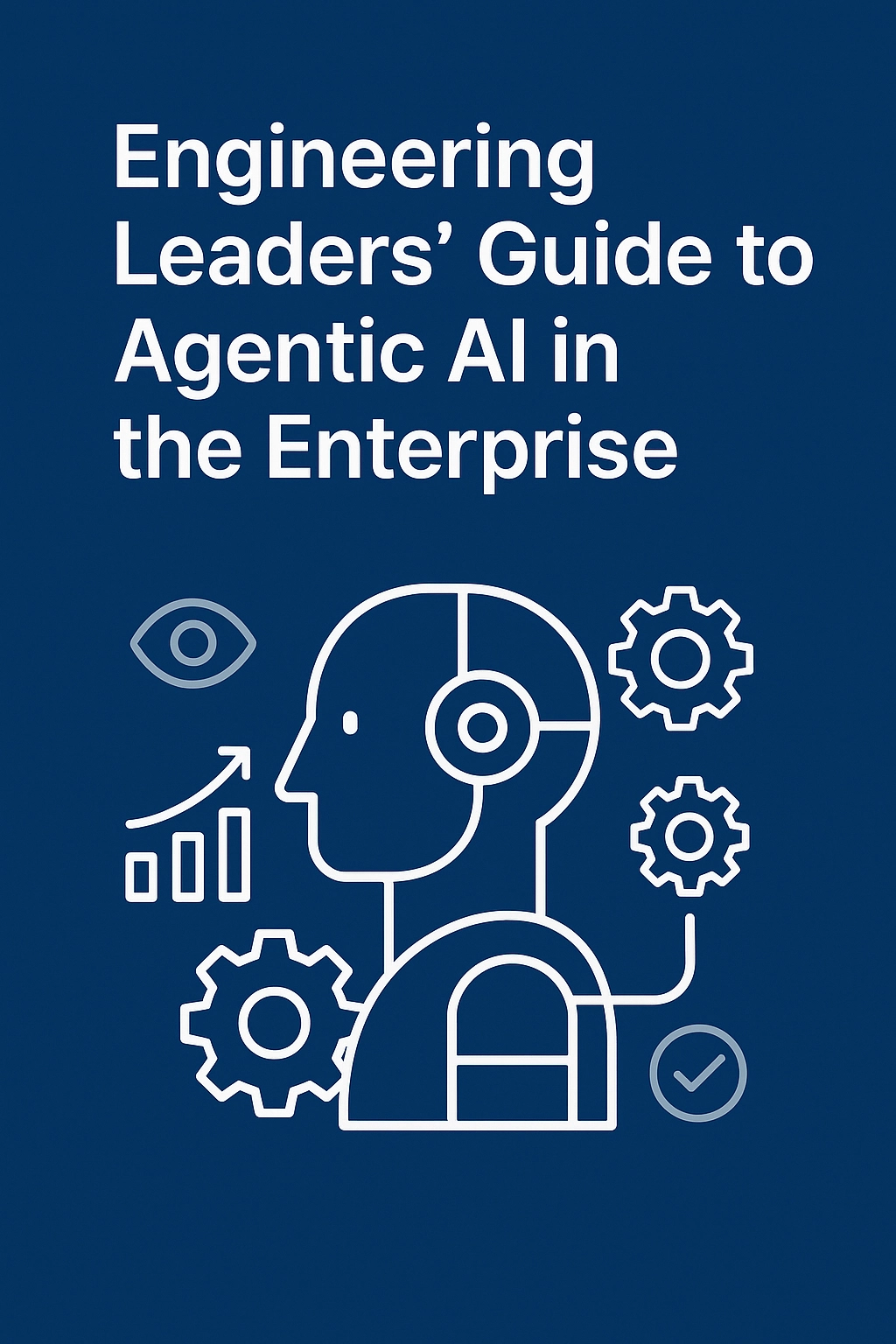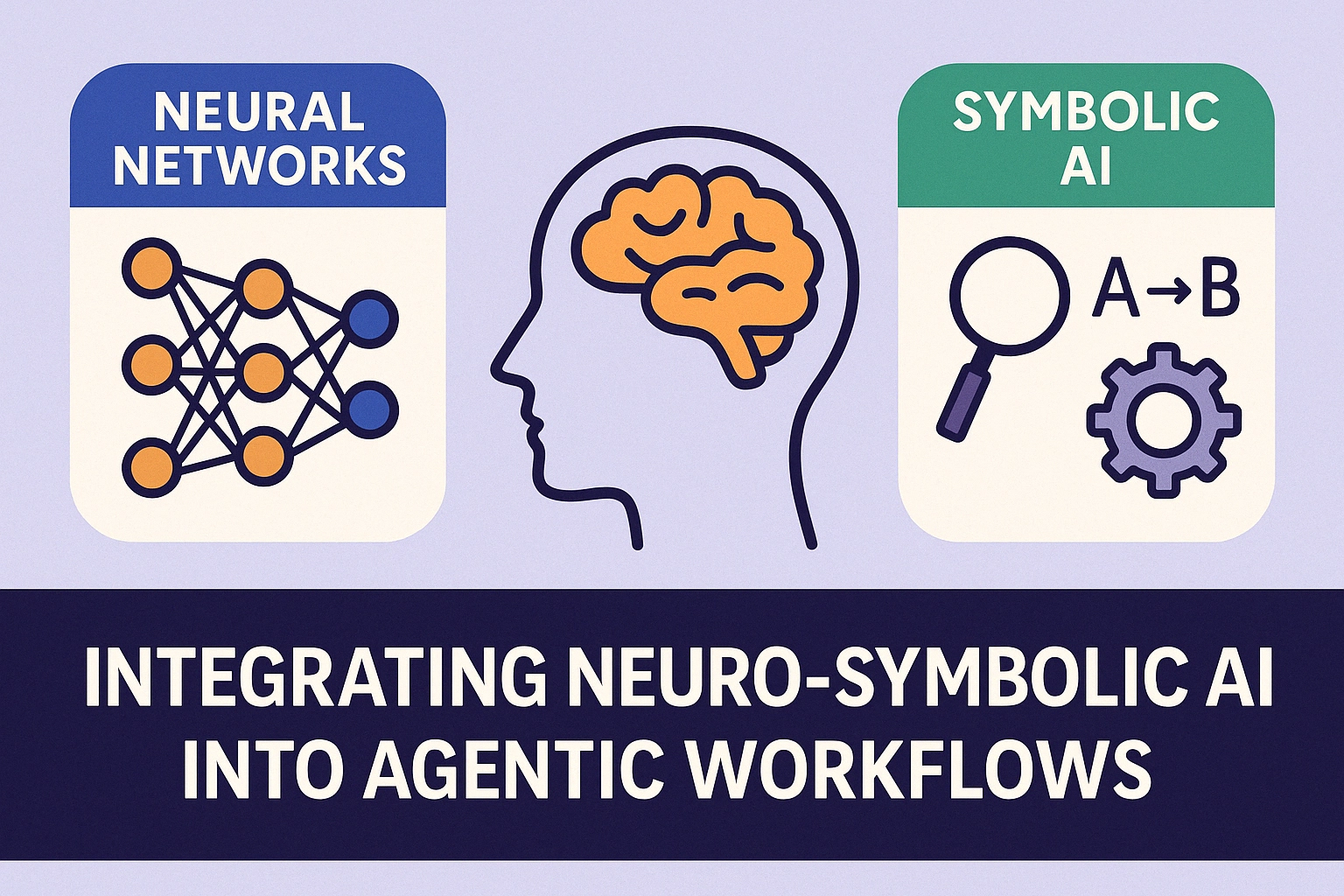In the rapidly advancing field of artificial intelligence, agentic workflows have emerged as a powerful paradigm for building systems capable of tackling complex, real-world tasks. These workflows involve multiple specialized agents collaborating to achieve goals that would be challenging for a single agent to accomplish alone. In this blog post, we'll delve deeper into AI agentic workflows, explore the development of Magentic-One, discuss the challenges faced by developers, and explain how these experiences have shaped the evolution of AutoGen 0.4—a framework designed to enhance composability, flexibility, debugging, and scalability in agentic systems.
Understanding AI Agentic Workflows
AI agentic workflows revolve around the concept of multiple autonomous agents working together in a coordinated manner. Each agent specializes in specific capabilities, and through orchestrated collaboration, they can handle intricate tasks efficiently and effectively. This approach mirrors human teamwork, where individuals contribute their expertise to achieve a common goal.
The Case of Magentic-One
Magentic-One : Autogen is a prime example of a generalist multi-agent softbot designed to tackle intricate tasks by leveraging a combination of specialized agents. It excels in multi-step planning and real-world interactions, enabling it to handle tasks such as conducting surveys, creating presentations, and interacting with complex web elements.
Agents in Magentic-One
Orchestrator
Role: Manages planning, task decomposition, and coordination among agents.
Capabilities:
Breaks down complex tasks into smaller, manageable subtasks.
Assigns tasks to appropriate agents based on their specialties.
Monitors overall progress and adjusts plans as needed.
Maintains a ledger to track verified facts, subgoals, and progress.
Coder
Role: Writes and debugs code in programming languages like Python and shell scripts.
Capabilities:
Collaborates with the Computer Terminal agent to execute code.
Automates tasks or solves specific problems through code.
Computer Terminal
Role: Executes code written by the Coder agent.
Capabilities:
Handles command-line operations and outputs.
Executes scripts and programs in a controlled environment.
Web Surfer
Role: Handles web-related tasks.
Capabilities:
Browses the internet and retrieves information.
Interacts with web-based applications, forms, and interactive pages.
Navigates complex web elements and APIs.
File Surfer
Role: Navigates and extracts information from various file types.
Capabilities:
Searches, reads, and extracts data from PDFs, PowerPoint files, WAV files, and more.
Handles various file formats efficiently.
Architecture and Workflow
Magentic-One operates through a well-defined workflow managed by the Orchestrator:
Planning and Task Management: The Orchestrator uses a ledger to record progress, manage subgoals, and keep track of verified facts. It breaks down tasks into steps and assigns agents specific roles to execute these steps.
Execution Loop: After each iteration, the system evaluates whether the task is fully satisfied. If progress stalls, the Orchestrator updates the ledger and adjusts the plan. This loop continues until the task is completed successfully.
Challenges Faced by Developers
Despite the strengths of Magentic-One, developers encountered several challenges that highlighted areas for improvement:
Desire for Greater Customizability
Issue: While built-in agents were popular due to their ease of integration and customization, developers wanted the ability to integrate custom agents built using different programming languages or frameworks.
Impact: Limited the versatility of the system and hindered developers from leveraging existing tools and technologies they were familiar with.
Flexibility in Collaboration Patterns
Issue: The chat-based agent-to-agent communication was intuitive but not always suitable for all scenarios. Developers sought more flexible collaboration patterns, such as:
Predictable, ordered workflows.
Integration with user interfaces that are not chat-based.
Greater control over how agents interact and collaborate.
Impact: Restricted the types of applications and workflows that could be effectively implemented.
Challenges in Debugging and Scaling
Issue: Debugging agent team applications proved challenging due to the complexity of interactions and the lack of robust tools for observing and debugging agent activities.
Impact: Increased development time and made it difficult to maintain and scale applications efficiently.
Opportunities for Improving Code Quality
Issue: There was a need for better coding practices and structures to enhance maintainability and readability.
Impact: Affected the long-term sustainability and scalability of projects.
The Evolution to AutoGen 0.4
These challenges prompted a comprehensive redesign of the AutoGen framework, leading to the development of AutoGen 0.4. This new version embraces the actor model of computing, supporting distributed, highly scalable, event-driven agentic systems.
Key Advantages of AutoGen 0.4
Composability
Benefit: Systems are more composable, allowing developers to integrate their own agents implemented in different frameworks or programming languages.
Outcome: Enables building more powerful systems using complex agentic patterns and promotes code reuse.
Flexibility
Benefit: Supports the creation of both deterministic, ordered workflows and event-driven or decentralized workflows.
Outcome: Allows for easier integration with custom orchestration and new user interfaces that are not chat-based, expanding the range of possible applications.
Debugging and Observability
Benefit: Centralizes message delivery in an event-driven communication system.
Outcome: Makes it easier to observe and debug agent activities regardless of their implementation, improving development efficiency.
Scalability
Benefit: An event-based architecture enables distributed and cloud-deployed agents.
Outcome: Essential for building scalable AI services and applications that can handle increased load and complexity.
Deep Dive into the Actor Model
The actor model treats "actors" as the fundamental units of computation. In the context of AutoGen 0.4, each agent is an actor that can:
Receive Messages: Agents can receive messages (events) from other agents or the system.
Send Messages: Agents can send messages to other agents to trigger actions or share information.
Create New Actors: Agents can create new agents dynamically, allowing the system to scale and adapt to workload demands.
This model inherently supports concurrency and distribution, making it well-suited for scalable and robust agentic systems.
Benefits for AI Agentic Workflows
By adopting the actor model, AI agentic workflows gain several benefits:
Concurrency: Agents can operate simultaneously without interfering with each other, improving efficiency.
Isolation: Each agent operates in its own context, reducing unintended side effects and making debugging easier.
Dynamic Scalability: New agents can be created on-demand to handle workloads, and the system can scale horizontally across distributed environments.
Enhanced Collaboration Patterns: The flexibility in communication and orchestration allows for more sophisticated interaction models, including both centralized and decentralized workflows.
Implications for Developers
The evolution to AutoGen 0.4 directly addresses the challenges developers faced and opens up new possibilities:
Integration of Custom Agents
Advantage: Developers can now bring in custom agents built with different technologies, increasing the versatility of their systems.
Impact: Encourages innovation and allows leveraging existing tools and expertise.
Enhanced Collaboration Patterns
Advantage: The framework supports more sophisticated interaction models, allowing agents to operate in environments beyond chat-based interfaces.
Impact: Expands the range of applications and allows for more complex workflows.
Improved Debugging Tools
Advantage: With better observability, developers can more easily troubleshoot and refine their agents.
Impact: Reduces development time and improves system reliability.
Greater Scalability
Advantage: Agents can be deployed in distributed systems, improving their ability to handle complex tasks at scale.
Impact: Essential for building AI services and applications that can grow with user demand.
Conclusion
The development of AutoGen 0.4 represents a significant advancement in building agentic systems. By embracing the actor model and focusing on composability, flexibility, debugging, observability, and scalability, AutoGen 0.4 addresses the challenges developers faced with previous versions.
This evolution not only enhances the capabilities of systems like Magentic-One but also sets the stage for future innovations in AI agentic workflows. Developers can now build more robust, scalable, and flexible systems that can adapt to a wide range of applications and workloads.
Recommendations for Developers
Explore AutoGen 0.4: Familiarize yourself with the new features and architecture to leverage its full potential in your projects.
Leverage Composability: Take advantage of the ability to integrate agents from different frameworks or languages to build more robust systems.
Utilize Enhanced Flexibility: Design workflows that suit your application's needs, whether they require ordered sequences or event-driven interactions.
Improve Debugging Practices: Use the centralized communication model to monitor agent interactions and quickly identify issues.
Plan for Scalability: Design your systems with distributed deployment in mind to handle growth effectively.
Next Steps
Migration Guidance: If you're currently using an older version of AutoGen or Magentic-One, consider reviewing the migration guides provided to transition smoothly to AutoGen 0.4.
Community Engagement: Participate in developer forums and discussions to share experiences and learn from others adopting AutoGen 0.4.
Continuous Learning: Stay updated with the latest documentation and best practices to maximize the benefits of the new framework.
Further Reading
AutoGen 0.4 Documentation
Understanding the Actor Model
By embracing these advancements, we can continue to push the boundaries of what's possible in AI, building systems that are not only intelligent but also adaptable and scalable to meet the demands of the future.





Comments